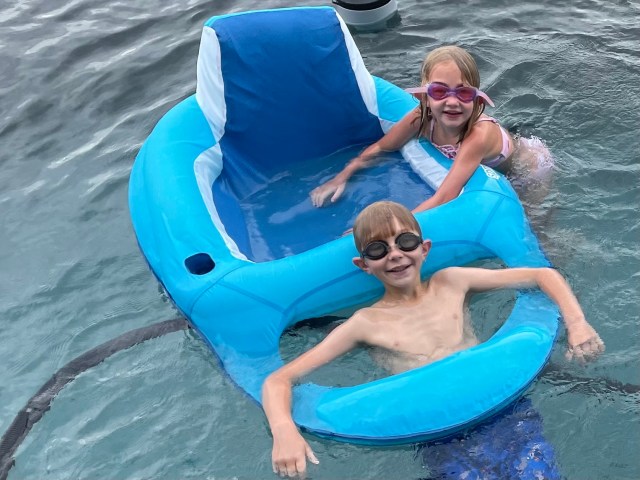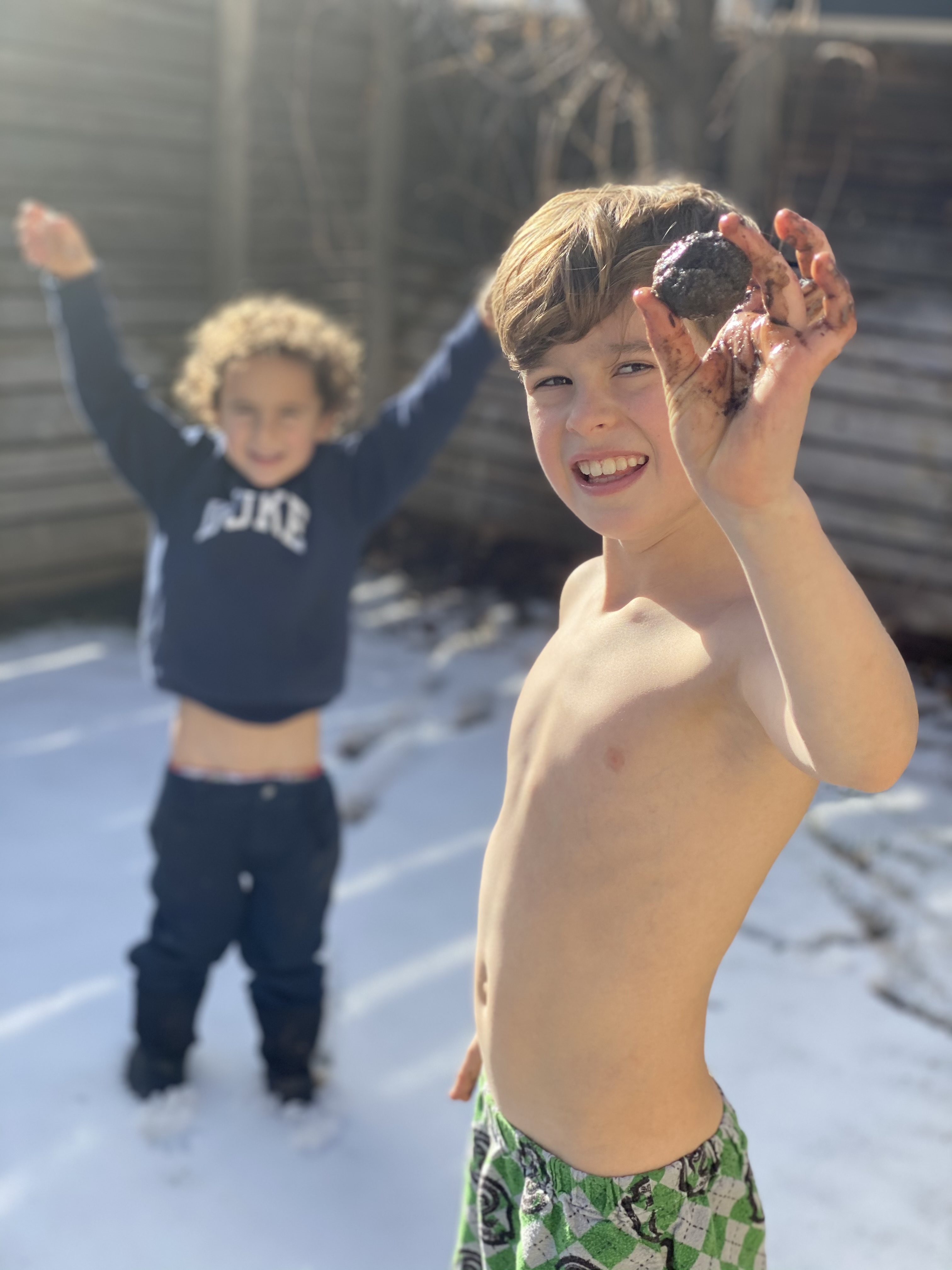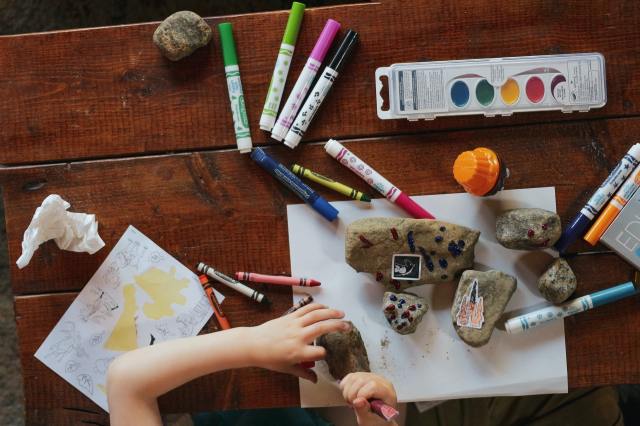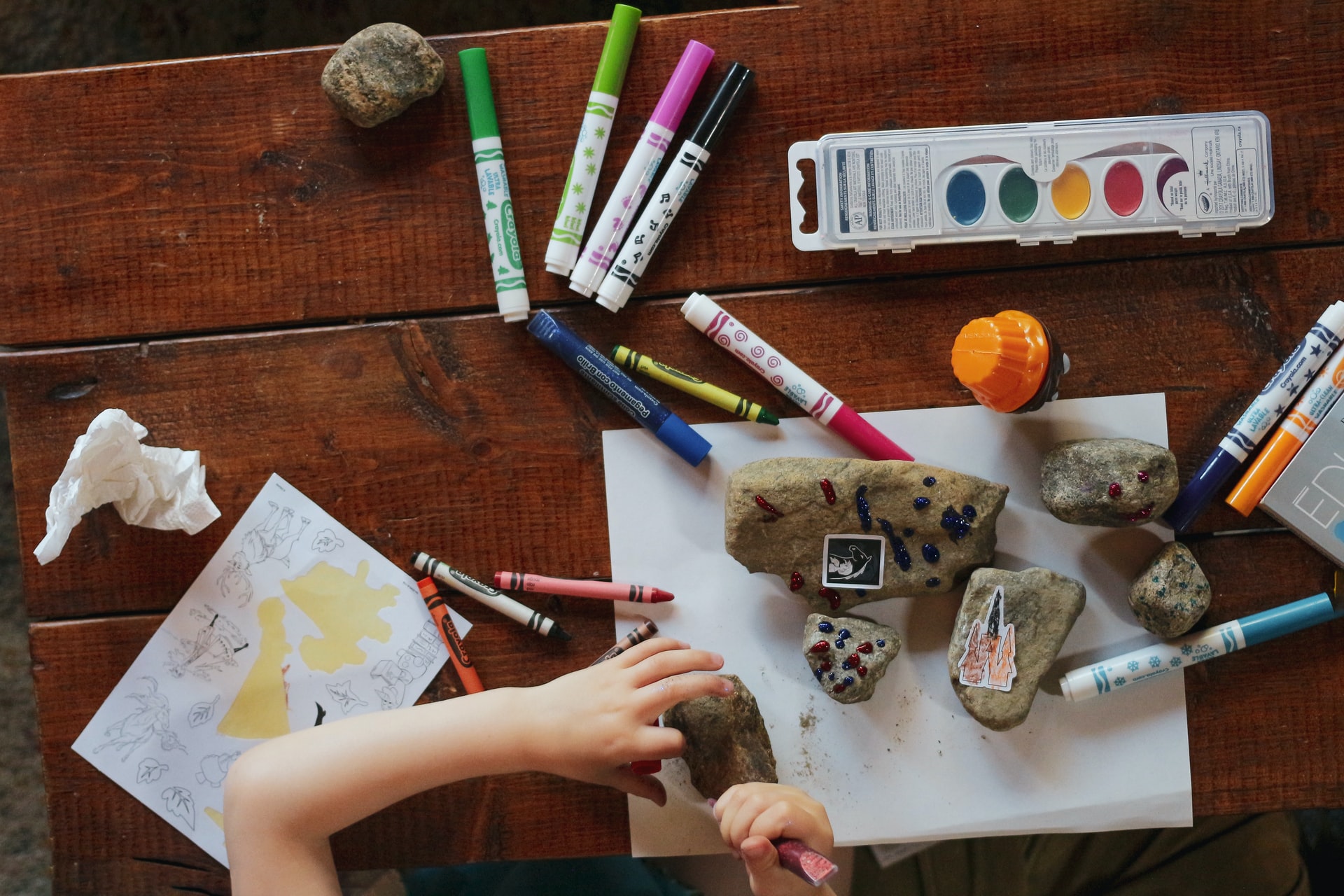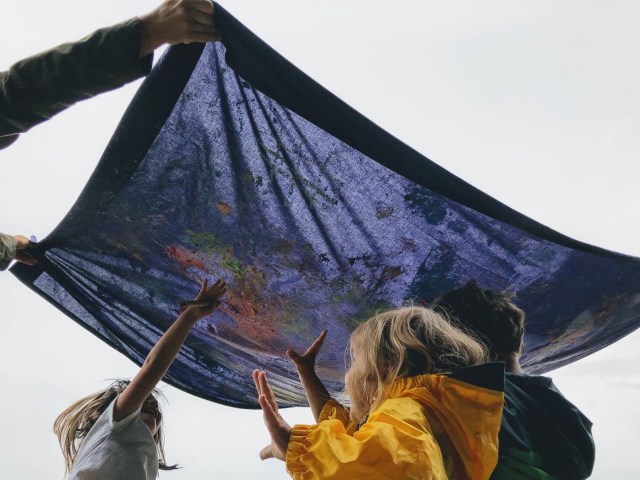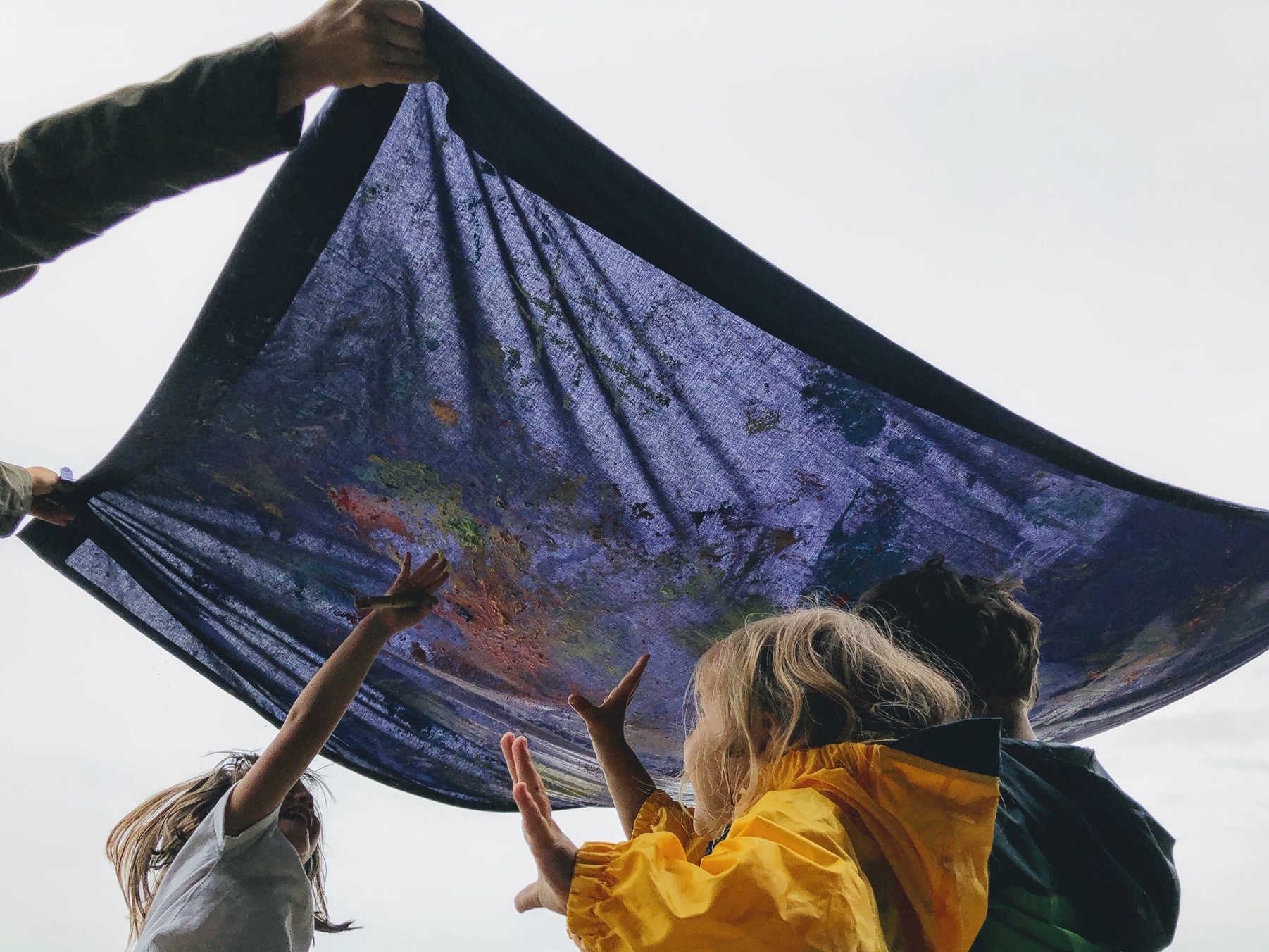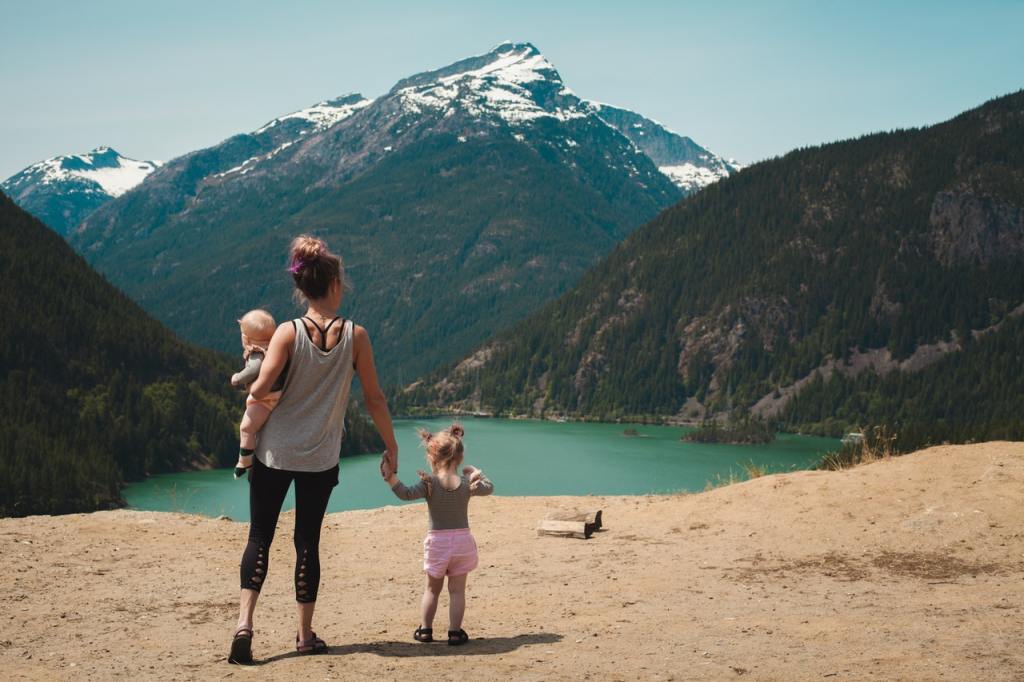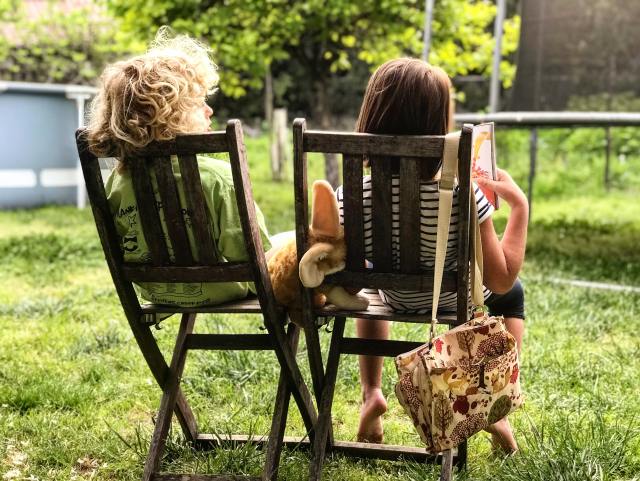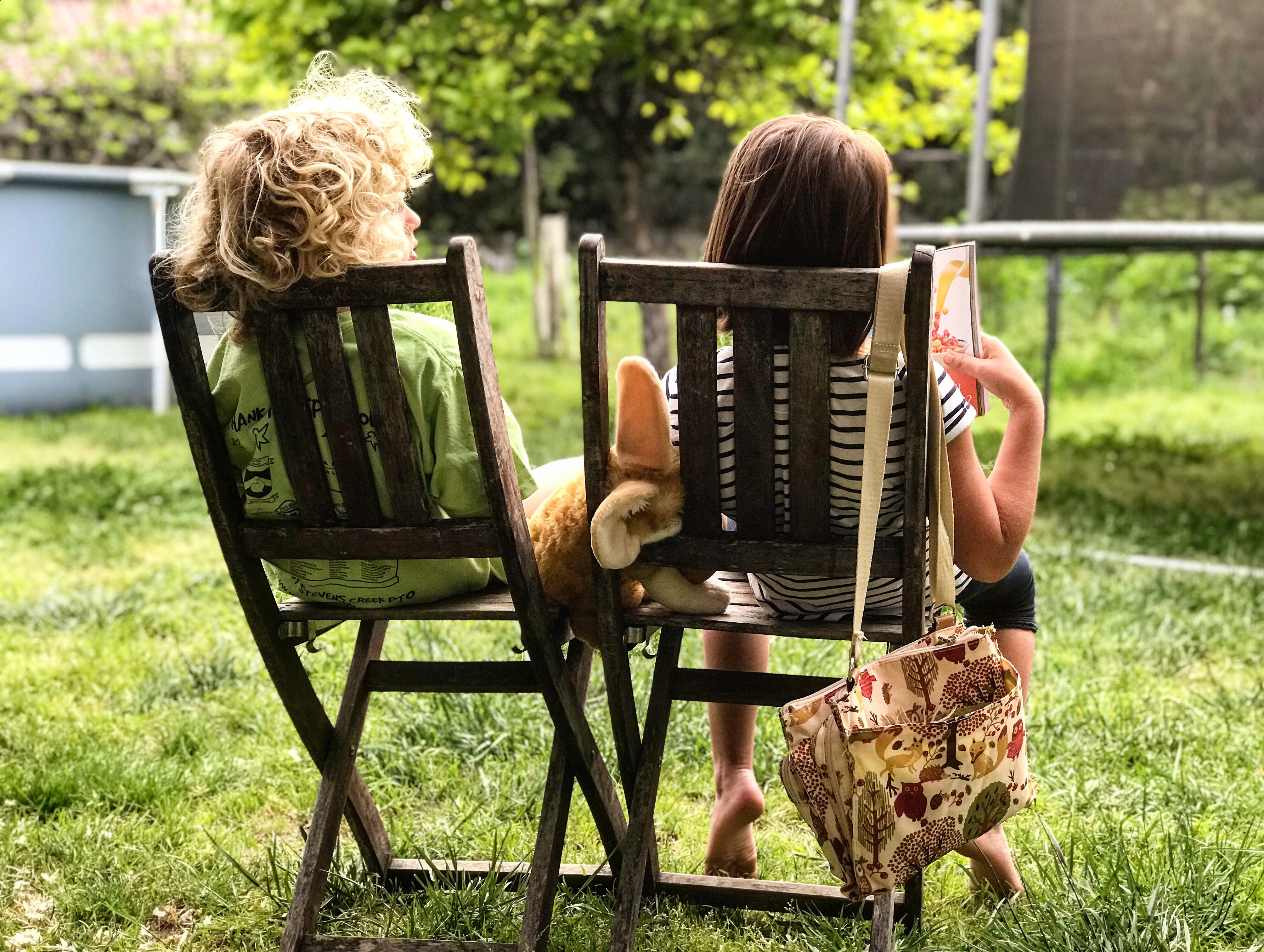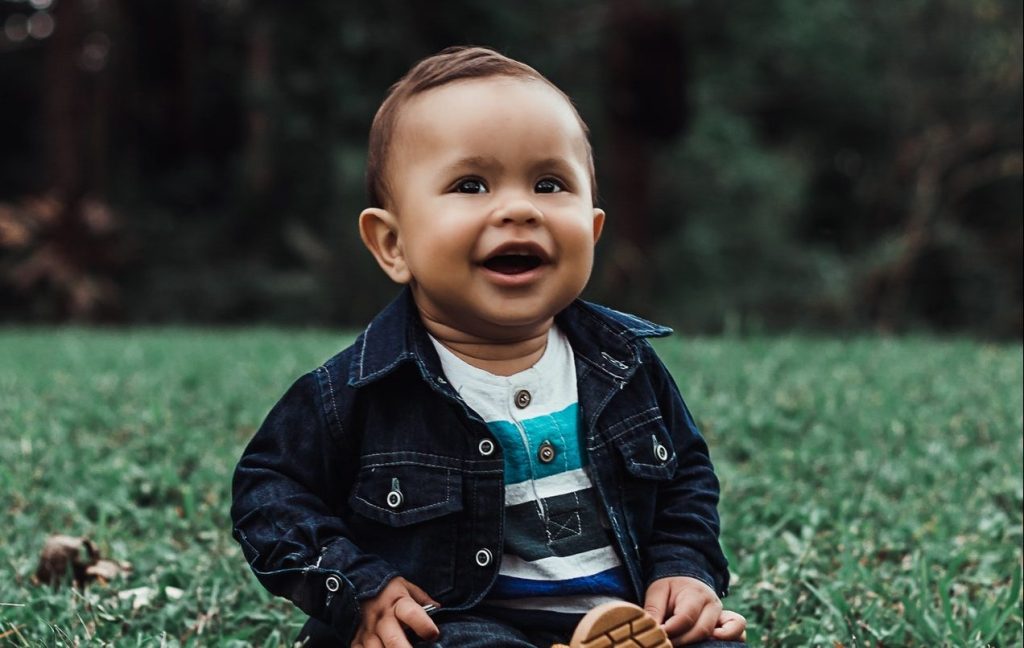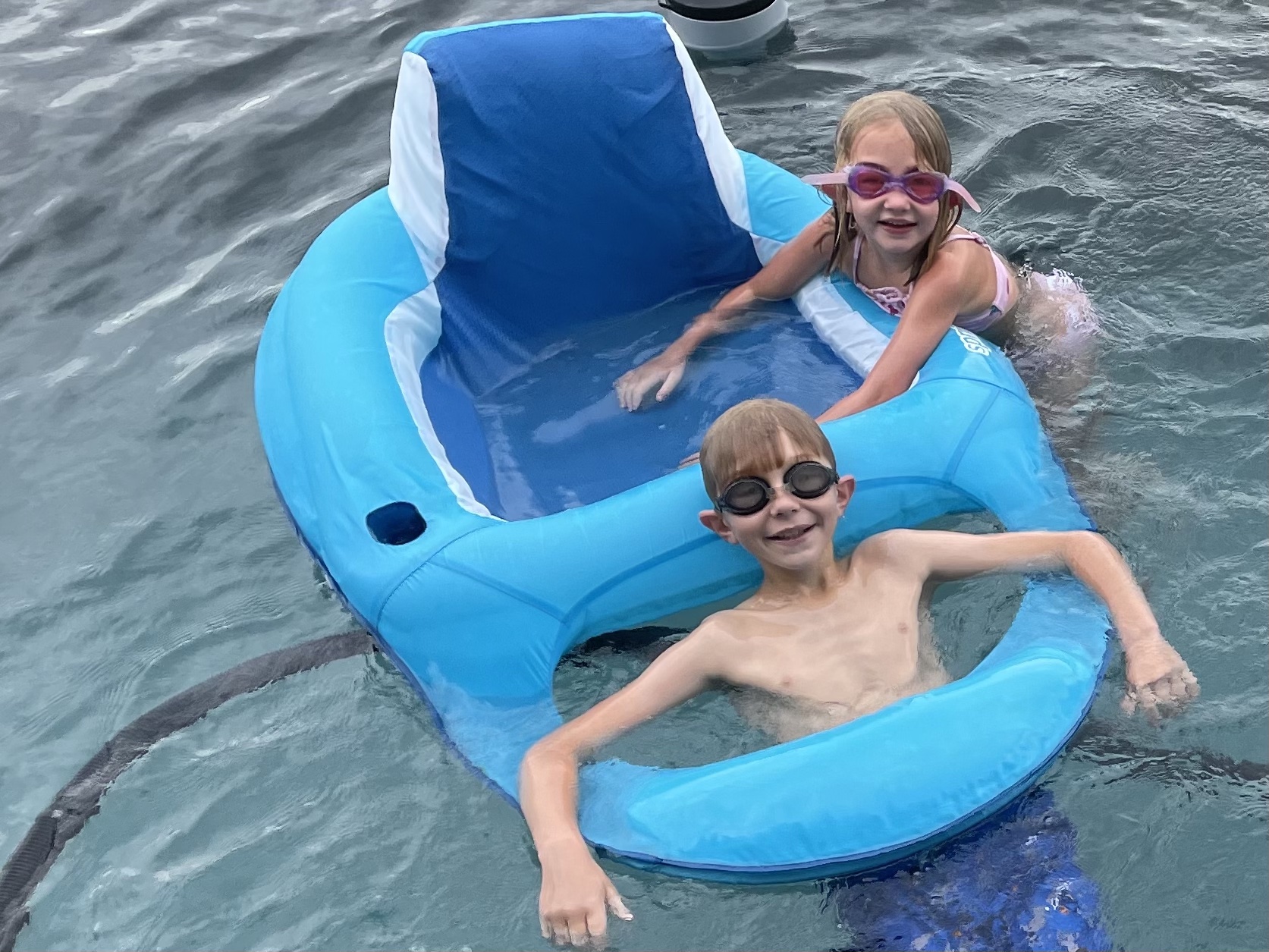
Screens have become a much bigger part of our lives since the start of COVID-times, and I’m pretty sure we aren’t the only family with that story. So, before the school year started, we made a family decision. It was time to detox. We discussed our options and decided unanimously that we needed a full stop—one week with no screens (with one exception: baking shows, but only if the whole family was watching).
Here is what I noticed in this week-long, screen-free time:
1. Creativity Thrived
My two youngest have very active imaginations, and my oldest really likes building and making things. So, we prepared for the week by making space for imagination play. What if they couldn’t think of anything to do? They could always go outside and play imagination games. And my oldest used some of his Bar Mitzvah money to buy a remote control car kit that he could build. As the week progressed, we created art projects and new games as well.
2. We Talked More
I really enjoy chatting with my gang. They have really interesting thoughts on lots of different topics. What we noticed in our week with no electronics is that they were willing to “practice the art of conversation” at dinner with a lot more patience than if they had the option of returning to their video games.
3. The Age Divide Diminished
I looked into the living room early on and saw that the 13-year-old, 10-year-old and 5-year-old were all actively engaged in some wrestling game where the two little ones were trying to get their big brother to roll off the carpet. Everyone was laughing and having fun! This happened throughout the week. In contrast, when they are in Screen Land, it is hard for them to find anything that all three can agree on to watch or do together because they are all interested in different kinds of content.
4. They Were More Present
We spent a lot of time noticing things during the week. Seeing beautiful vistas on walks, really recognizing the flavors in foods, noticing how the people around us were feeling. I asked my gang about this, and they all recognized that they were more present and not thinking about “what comes next” nearly as much.
5. More Physical Activity
My kids are pretty good in terms of moving their bodies; they all have sports they enjoy and are very happy to go on hikes or bike rides. But, if given the option to sit and stare at a screen for hours on end, they will do just that! I was thrilled that, for screen-free week, they were constantly moving! We were lucky enough to have access to a pool, so they spent hours jumping in and out of the water, but even when they were not in the pool, they were flipping over couches, running around the kitchen island, jumping up and down in the driveway. They were in constant motion…until about 2 p.m. each day, when my 5-year-old crashed and took a spontaneous nap in the middle of the living room.
6. There Was More Space for Silly
Perhaps the most fun of all was that there was just more time and space for silliness. One of the joys of raising kids is being able to share in the silly that comes so naturally to them. But, when they have screens as an option, the silly just diminishes. They are spending more time in their own little bubble, and, let’s face it, silly is more fun when you share it. There were dumb dad jokes from my husband, wacky faces, tickle fests and even a few homemade riddles. All together, it made for more laughter and a lot of smiles.
Now that school is back in our lives, we will go back to the “no electronics during the week” rule that existed pre-COVID, but I’m excited to continue the conversation with my kids about weekends. They noticed the changes too. I think we are in a strong position to find a better balance.
Every family is different, so this might not be right for yours, but I think it was an interesting experiment. So many of us are struggling with the shift back to “normal,” even though things still aren’t normal. I hope you are finding interesting experiments with your children too!
